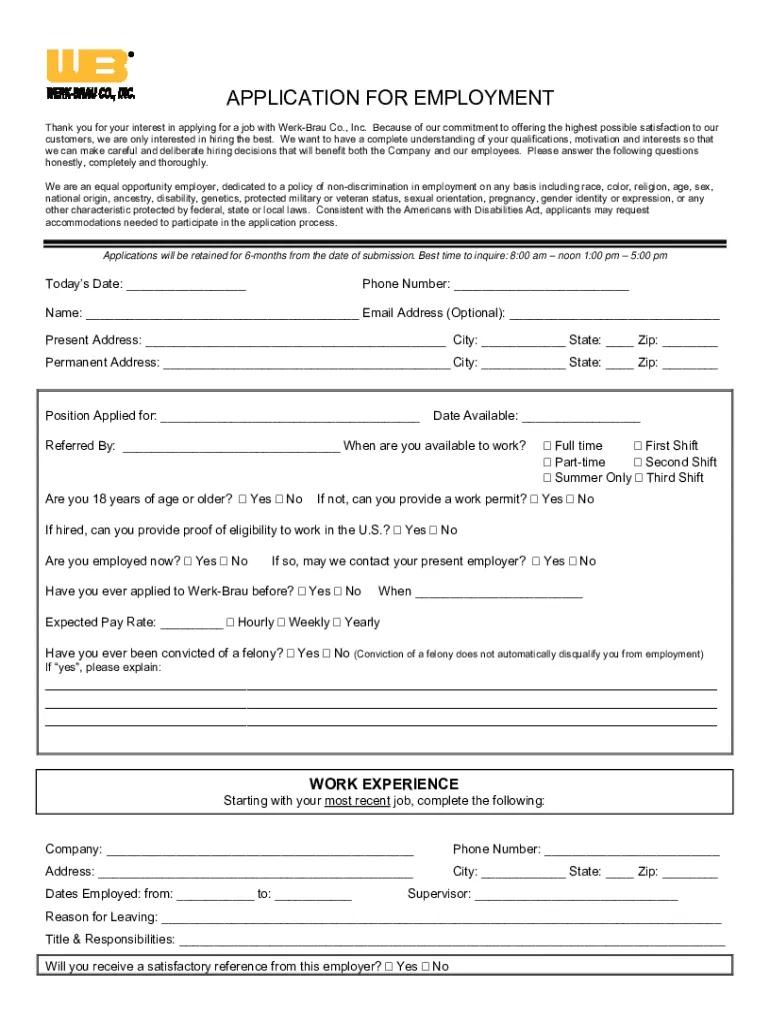What is a Cover Letter and Why Do You Need One?
A cover letter is a crucial document accompanying your resume when applying for a job. It serves as your personal introduction to the hiring manager, offering a glimpse into your personality, skills, and experiences. Unlike your resume, which is a concise summary, a cover letter allows you to elaborate on your qualifications and explain why you are the ideal candidate for the specific role. It provides an opportunity to showcase your writing skills, express your enthusiasm for the position, and demonstrate how your values align with the company’s mission. A well-crafted cover letter can significantly increase your chances of getting an interview, setting you apart from other applicants.
The Essential Components of a Cover Letter
A compelling cover letter is structured to guide the reader through your qualifications and leave a lasting impression. It should include several key components, each serving a specific purpose. From the contact information to the closing paragraph, every element contributes to the overall effectiveness of your application. By mastering these components, you can create a cover letter that effectively communicates your value and increases your chances of securing an interview. Understanding these components will ensure you present yourself as a professional and suitable candidate for the desired position.
Contact Information and Date
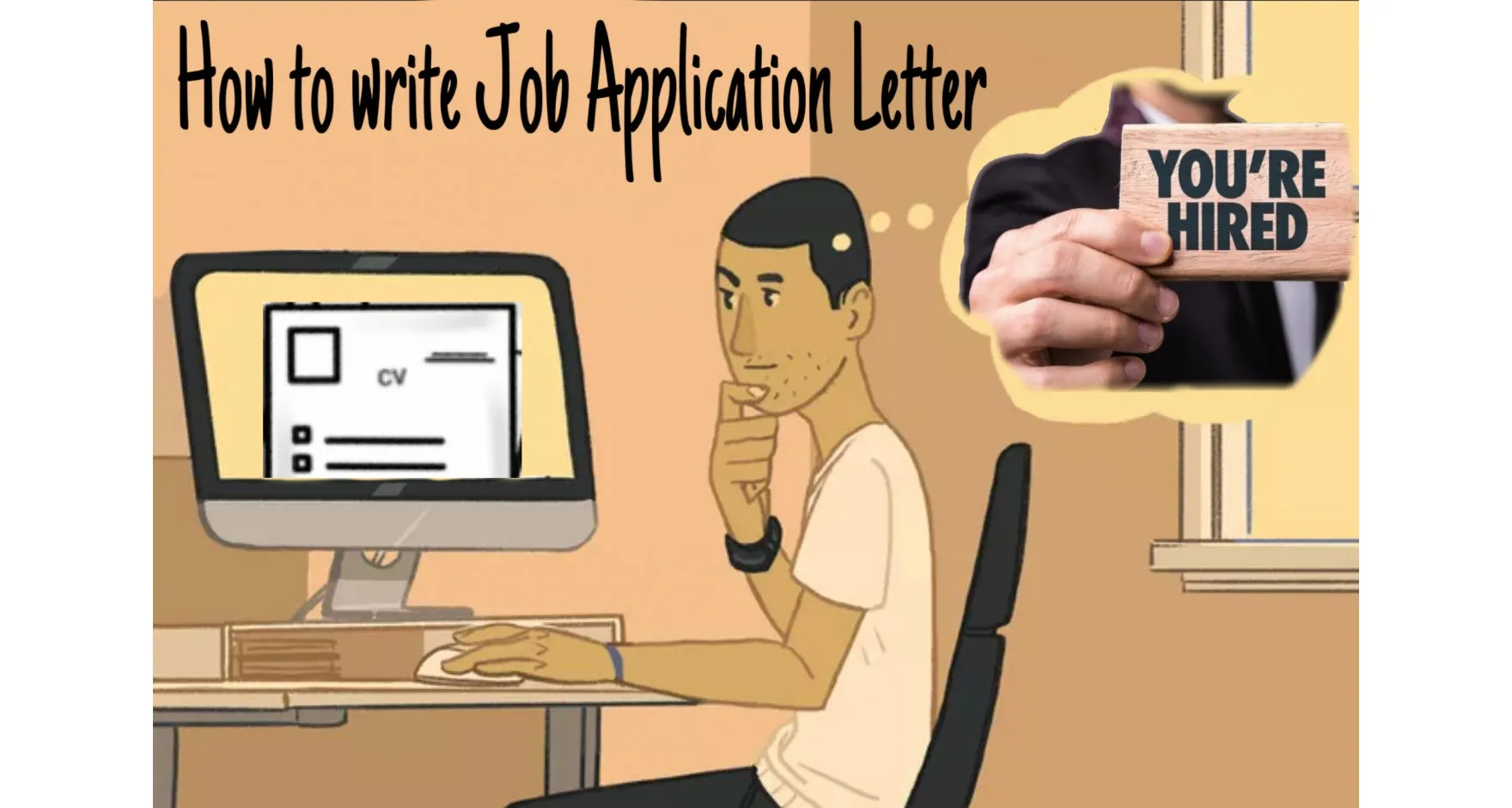
Begin your cover letter by providing your contact information, including your name, address, phone number, and email address. This ensures the hiring manager can easily reach you. Following this, include the date. The date should be the current date, showing that you are applying recently. Proper contact information and the date make it easier for the employer to follow up with you. Ensure that your email address is professional and that all information is accurate.
The Hiring Manager’s Name and Title
Always address your cover letter to a specific person if possible. Research the hiring manager’s name and title, which demonstrates your attention to detail and initiative. Addressing the letter to a specific individual makes it more personal and shows that you have taken the time to learn about the company and the role. If you cannot find the hiring manager’s name, use a professional salutation like ‘Dear Hiring Manager’. Avoid generic greetings such as ‘To Whom It May Concern’ to show extra attention to detail.
Opening Paragraph [Grab Attention]
Your opening paragraph should immediately capture the reader’s attention. Start with a strong statement that highlights your interest in the position and the company. Mention where you found the job posting and briefly explain why you are excited about the opportunity. This introduction sets the tone for the entire letter and encourages the hiring manager to continue reading. Consider mentioning a key achievement or a unique skill that aligns with the job requirements to make your opening paragraph stand out.
Body Paragraphs [Highlight Your Skills]
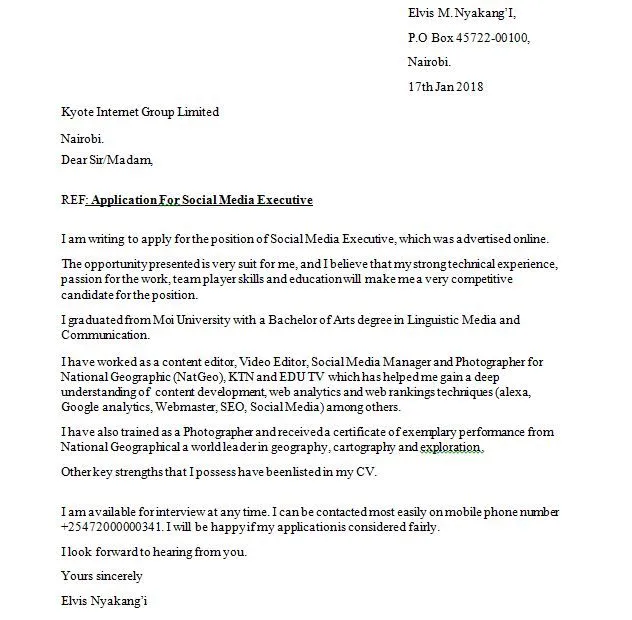
The body paragraphs are the core of your cover letter, where you showcase your qualifications and skills. Use these paragraphs to provide specific examples of your experiences and achievements. Tailor these examples to match the requirements outlined in the job description. Focus on how your skills and experiences align with the company’s needs and what you can bring to the role. Clearly articulate your value proposition by describing your accomplishments, emphasizing relevant skills, and demonstrating how you can contribute to the company’s success.
Showcase Your Relevant Skills and Experience
Carefully review the job description and identify the key skills and experiences the employer is seeking. In your cover letter, highlight those skills and provide examples of how you have demonstrated them in previous roles. Use action verbs to describe your accomplishments and provide specific details about your responsibilities and achievements. This focused approach ensures that you address the employer’s requirements directly, making it clear how your qualifications align with the job’s needs and emphasizing your fit for the position.
Quantify Your Accomplishments
Whenever possible, quantify your accomplishments. Use numbers and data to demonstrate the impact you made in previous roles. For example, instead of saying ‘Improved sales,’ state ‘Increased sales by 15% in one quarter.’ Quantifying your achievements provides concrete evidence of your capabilities and showcases your ability to deliver results. Providing specific metrics makes your accomplishments more impactful and helps the hiring manager understand your value.
Address the Job Requirements
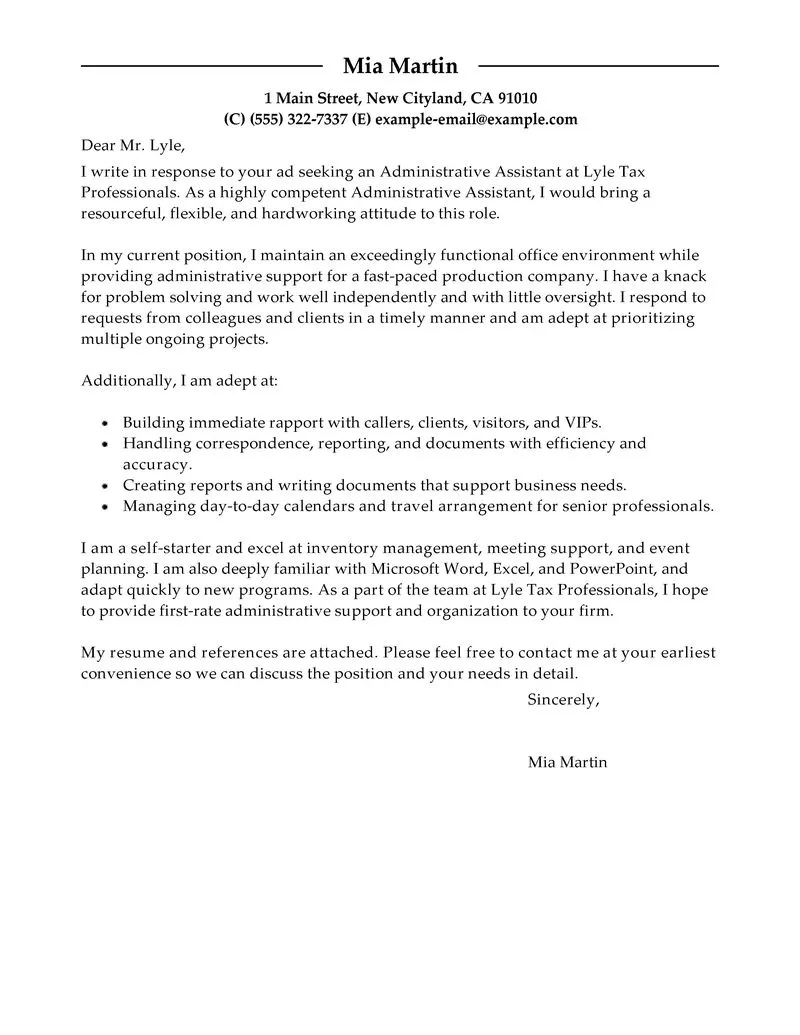
Carefully address each of the job requirements in your cover letter. Explain how your skills, experiences, and qualifications match the specific needs of the role. Use the job description as a guide and tailor your letter to highlight the most relevant aspects of your background. By demonstrating a clear understanding of the job requirements and how your skills align, you demonstrate your interest and suitability for the position. Show the hiring manager that you have researched the role and are a strong fit for the company’s needs.
Closing Paragraph [Call to Action]
In your closing paragraph, reiterate your interest in the position and express your enthusiasm for the opportunity. Include a clear call to action, such as requesting an interview or indicating your willingness to provide additional information. Thank the hiring manager for their time and consideration. Maintain a professional tone and express your confidence in your abilities. The call to action should encourage the hiring manager to take the next step, such as scheduling an interview, reinforcing your desire for the position.
Proofread and Edit Your Cover Letter
Before submitting your cover letter, proofread it carefully for any errors in grammar, spelling, and punctuation. Ensure that your writing is clear, concise, and easy to understand. Ask a friend or family member to review your letter for any potential mistakes or areas for improvement. A polished cover letter demonstrates your attention to detail and professionalism. Errors can undermine your credibility and create a negative impression. Thorough proofreading helps you present yourself as a qualified and capable candidate.
Formatting and Design Tips for Your Cover Letter
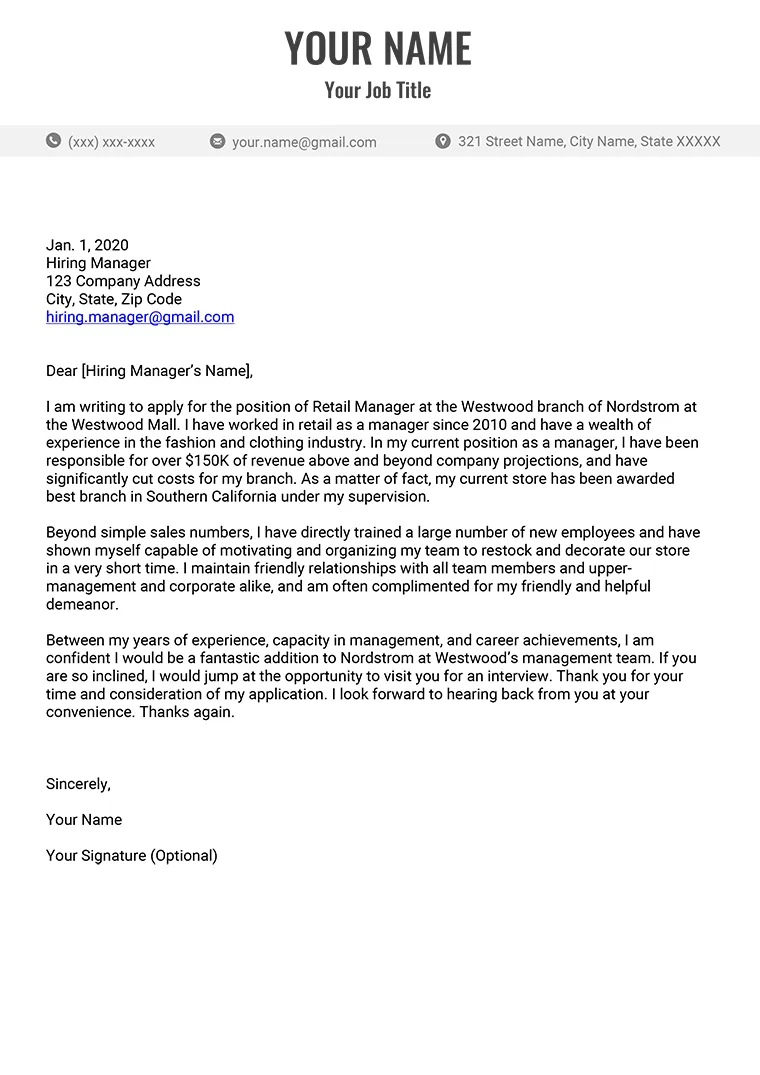
Pay attention to the formatting and design of your cover letter to make it visually appealing and easy to read. Use a professional font, such as Arial or Times New Roman, and ensure that your font size is readable. Use clear and concise language, and break up long paragraphs with shorter ones to improve readability. Maintain consistent formatting throughout the document, and use bullet points to highlight key information. A well-formatted cover letter demonstrates your attention to detail and enhances your overall presentation, ensuring your application is easy to read and professional in appearance.
By following these tips, you can create a compelling cover letter that effectively showcases your skills and experiences, increasing your chances of getting an interview and landing your dream job. Remember to tailor each cover letter to the specific job you are applying for, highlighting the most relevant information for each opportunity. Good luck with your job applications!
